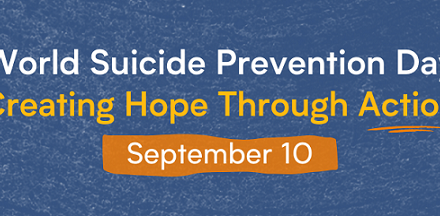(Photo Credits: Darwin Laganzon from Pixabay)
Recently, Queer Eye‘s Jonathan Van Ness talked about antiretroviral therapy, serodiscordant couples, and access to health care during his guesting on Jimmy Kimmel Live.
But what does it mean when you hear the words “serodiscordant couples?” According to USAID, a serodiscordant relationship—also known as mixed status—is when “one partner is HIV-negative and the other is HIV-positive.” The term is also used to refer to couples where one person is living with herpes or hepatitis and the other is not; specifically, it refers to “a couple who has different blood markers or blood tests for a particular disease.”
All that being said, do serodiscordant couples exist? The answer is yes, they do, and they can live happily and navigate their sex life and relationship without fear because public health organizations like The Centers for Disease Control and Prevention (CDC) has guidance in place for serodiscordant couples. They have what they call the Couples HIV Testing and Counselling (CHTC) process and guidelines that “recommend offering antiretroviral therapy to the HIV positive partner, regardless of his/her own immune status (CD4 count), to reduce the likelihood of HIV transmission to the HIV negative partner.” Through these programs, couples are encouraged and “supported to test together and disclose their status to each other and access prevention, care and treatment services.”
Essentially, these programs and guidelines are in place to help serodiscordant couples, to lower the risk of transmission to the HIV-negative partner, and to help the couple stay healthy. To know more about the guidelines on CHTC, click here. You may also take a look at the video below.
Does the HIV treatment work? Yes, it does! Watch serodiscordant couple Aaron and Phil share their story on how they stay healthy and how following the CHTC guidelines had enabled them to lead a great quality of life.
According to the World Health Organization (WHO), only 40% of people in the world with HIV know their HIV status while 50% of HIV-positive people who are currently in a relationship are in a serodiscordant one.
There is life and yes, love, after HIV.









